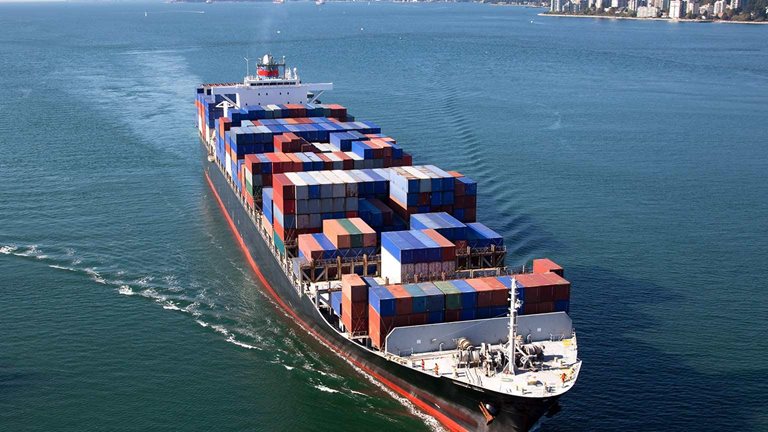‘With trading vessels being targeted in the Red Sea, the cost of transporting goods globally will increase and inevitably trickle down to the end consumer,’ Nicole Hudson, Director at e2open, told The Logistics Point.
30% of global container traffic flows through the Suez Canal, as such it’s inevitable that businesses and consumers will have to deal with rising costs as the threat of attack has shippers and ocean carriers considering alternate routes that are significantly longer and more costly.
This is partially because the Suez Canal Authority has implemented an increase of 5-15% in transit fees, and some companies are incurring ‘war risk’ premiums on the shipments moving through that region. The potential risks for major ocean routes globally, shippers and logistics service providers will need to be flexible, planning and booking well in advance to ensure their shipments arrive on time.
“In parallel, on the other side of the world, the Panama Canal is currently facing a severe drought that has caused water levels to drop to unprecedented lows. This is reducing the number of vessels passing through the 50-mile-long canal by over 40%, causing significant delays.
Ocean carriers on the Transpacific Eastbound are now shifting some services to go through the Suez Canal, which will extend transit time by at least seven days. But, given the ongoing challenges with the Suez Canal, ocean carriers are also considering routes around the Cape of Good Hope. Transit times for moving goods from Asia to the US East and Gulf Coasts should expect journeys to increase by about 7 to 10 days, respectively.



